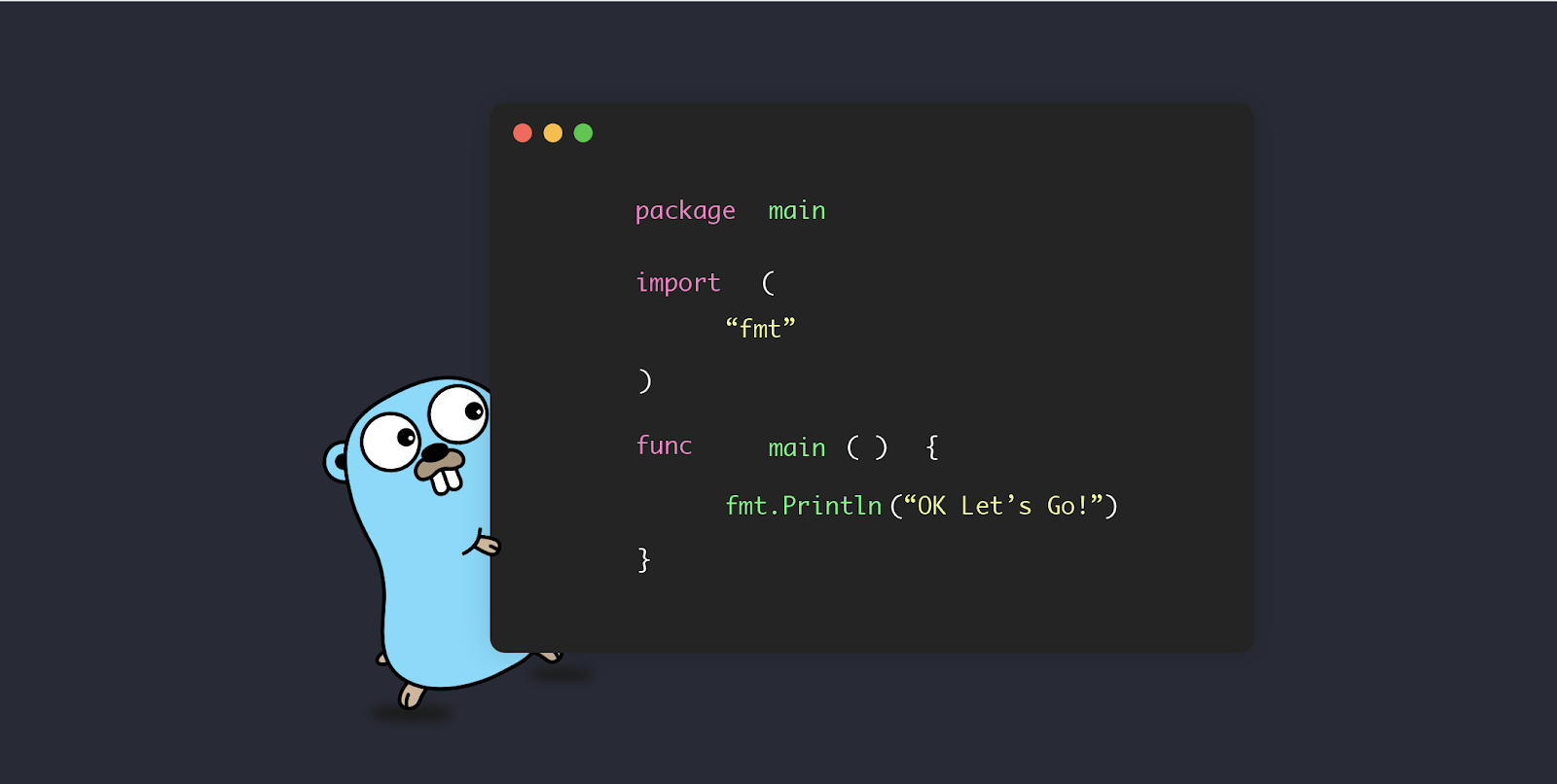Errors are an inevitable part of software development. In Go, error handling is straightforward, yet powerful. The language provides a built-in error type and a set of conventions that make error handling a breeze. In this blog, we'll dive deep into the world of errors in Go, exploring their definition, types, use cases, conventions, advantages, and best practices. Whether you're new to Go or a seasoned developer, this guide will help you navigate the intricate landscape of error handling in Go.
What Are Errors in Go?
In Go, an error is a value that represents a failure or an exceptional condition in a program. The built-in error interface is at the heart of Go's error handling mechanism:
type error interface {
Error() string
}The error interface has a single method, Error(), which returns a string describing the error. Any type that implements this interface is considered an error in Go.
Types of Errors in Go
Go distinguishes between two main types of errors:
-
Runtime Errors: These errors occur during the execution of a program and are typically unexpected. Examples include division by zero, array index out of bounds, or nil pointer dereference errors. Runtime errors are represented using the built-in
panicandrecovermechanisms. -
Programmer Errors: These errors are the result of incorrect code logic, such as incorrect function arguments or incorrect usage of library functions. Programmer errors are typically handled using the
errorinterface.
The error Interface
The error interface is the foundation of error handling in Go. Any type that implements the Error() method can be used as an error value. Here's an example of a custom error type:
type MyError struct {
Message string
}
func (e MyError) Error() string {
return e.Message
}In this example, MyError implements the Error() method, providing a custom error message.
Use Cases for Errors in Go
Errors in Go serve several purposes and find use in various scenarios, including:
-
Error Signaling: To signal that something unexpected or exceptional has occurred during program execution.
-
Error Handling: To handle and respond to exceptional conditions gracefully, preventing program crashes or undesired behavior.
-
Logging and Debugging: To log errors for debugging and monitoring purposes, helping developers diagnose issues in the code.
-
Return Values: To return error information along with function results, allowing callers to detect and handle errors.
-
Testing: In unit testing, to assert that certain code paths produce expected errors.
Advantages of Error Handling in Go
Go's approach to error handling offers several advantages:
-
Explicitness: Error handling in Go is explicit and requires developers to check and handle errors consciously, reducing the likelihood of unchecked errors.
-
Clarity: By following conventions and implementing the
errorinterface, Go code is clear and predictable in terms of error handling. -
Graceful Failure: Go encourages graceful failure, allowing programs to recover from errors gracefully and continue execution.
-
Testing: The simplicity of error handling makes unit testing straightforward and effective.
Best Practices for Error Handling in Go
To make the most of error handling in Go, consider the following best practices:
-
Check Errors: Always check errors returned by functions and methods. Don't ignore them.
-
Handle Errors Gracefully: Handle errors gracefully by logging, reporting, or taking appropriate action, depending on the situation.
-
Use Custom Error Types: When necessary, create custom error types that implement the
errorinterface to provide meaningful error messages. -
Avoid Panic: Avoid using
panicfor routine error handling; it's reserved for unrecoverable errors. -
Error Wrapping: When propagating errors, consider using packages like
errorsorpkg/errorsto wrap errors with additional context. -
Return Errors: Functions that may produce errors should return them as a last return value. Use named result parameters for clarity.
-
Test Error Paths: When writing unit tests, include test cases that cover error paths to ensure robust error handling.
-
Logging and Reporting: Log errors for debugging and monitoring, and report errors to users when necessary.
-
Error Isolation: Isolate error handling logic from main business logic for better code organization and readability.
-
Recover with
defer: Use thedeferkeyword withrecoverto recover from panics gracefully and handle them as errors when needed.
Conclusion
Errors are an essential part of software development, and Go provides a clean and effective way to handle them. By understanding Go's error interface, conventions, and best practices, you can write robust, maintainable code that gracefully handles errors and ensures the reliability of your applications. Whether you're building web applications, system-level utilities, or complex data processing pipelines, error handling is a critical skill for Go developers.
